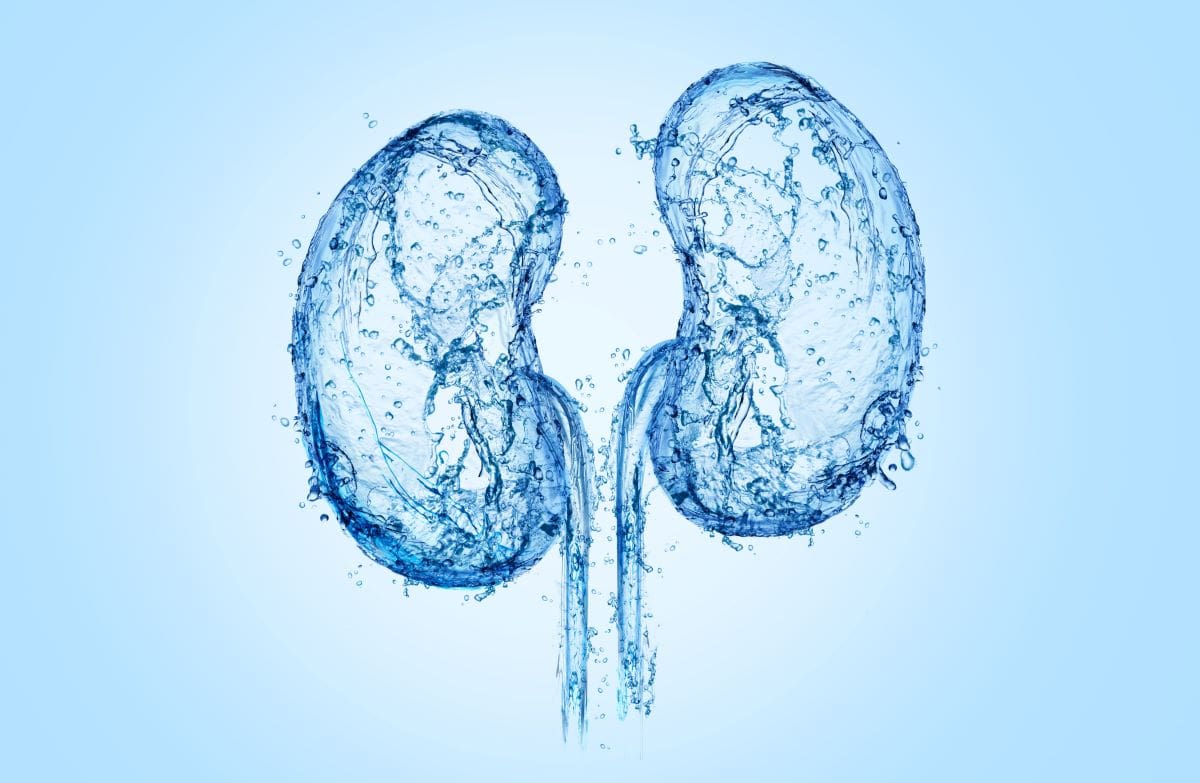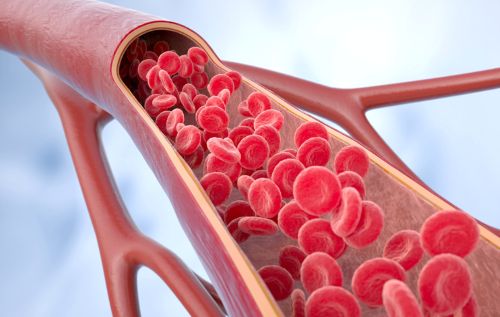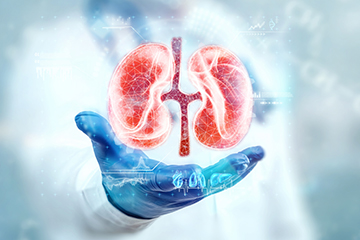
IgA Nephropathy
Advertisement
A review and meta-analysis revealed an association between crescents and worsened renal outcomes in patients with IgAN.
IgAN treated with long-term corticosteroids may lead to adverse outcomes and increased clinical burden.
We spoke with George Edward Newman, MD, a site principal investigator of the PREVAIL study of felzartamab in IgAN.
Phase 3 VISIONARY trial data showed sibeprenlimab helps achieve significant proteinuria reduction in IgAN.
Treatment effects of nefecon were consistent independent of baseline eGFR among patients with IgAN.
Infliximab therapy for Crohn’s disease is linked to a high risk for IgAN, a study found.
Research identified the optimal biomarker combination to predict interstitial fibrosis surface in IgA nephropathy.
Long-term data demonstrated that zigakibart reduced proteinuria and stabilized kidney function of patients with IgAN.
Moderate-to-severe chronic arteriolar lesions were found to be independent risk factors for adverse renal prognosis in IgAN.
A study found low rates of IgAN in the EU, but lower biopsy rates during the COVID-19 pandemic may have delayed diagnoses.
Three kidney organizations will develop a consensus framework for Centers of Excellence in Glomerular Disease Care.
Nefecon can safely be used to treat severe renal impairment and lowers proteinuria in patients with IgAN.
Proteinuria trajectory is a major predictor of disease progression in children and adults with IgAN, a study found.
Several genetically predicted environmental factors increase the risk of IgAN and membranous nephropathy, a study found.
An analysis Identified SIRT1, BAG3, COKN1A and FOS as potential autophagy-related biomarkers for IgAN.
Research identified microRNA-483-5p as a possible biomarker for IgA nephropathy to help with risk stratification.
The European Commission has granted standard approval to sparsentan for the treatment of adults with primary IgA nephropathy.
We spoke with ALIGN study investigator Richard Lafayette, MD, upon the FDA's accelerated approval of atrasentan for IgAN.
Researchers at SCM25 presented interim results of the SPARTAN trial of sparsentan as a treatment for patients with IgAN.
One-year results of the AFFINITY trial of atrasentan to treat proteinuria among patients with IgAN were presented at SCM25.
Advertisement




















 © 2025 Mashup Media, LLC, a Formedics Property. All Rights Reserved.
© 2025 Mashup Media, LLC, a Formedics Property. All Rights Reserved.